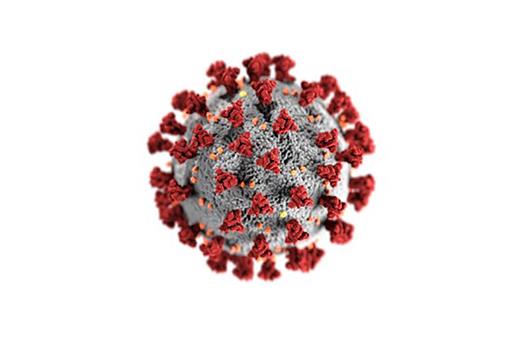CSIC takes part in development of infectious SARS-CoV-2 clone to study its molecular biology
News - 2020.10.20
An international team including researchers from the National Scientific Research Council (Spanish acronym: CSIC) has developed a vital tool for studying the SARS-CoV-2 coronavirus. They have successfully created an infectious SARS-CoV-2 clone using bacterial artificial chromosomes. This tool could be vital in revealing essential details about the viral life cycle and its pathogenicity, as well as in developing new antiviral treatments and live attenuated vaccines. The results are published in the magazine mBio.
Headed up by Luis Martínez-Sobrido, a researcher at the Texas Biomedical Research Institute in the United States, this project was supported by the scientists Fernando Almazán at the National Biotechnology Centre (Spanish acronym: CNB-CSIC) and Juan Carlos de la Torre at the San Diego Scripps Research Institute (La Joya, United States).
"The creation of infectious clones of viruses belonging to the coronavirus family presents various technical difficulties due to the large size of the viral genome (around 30 kilobases) and the toxicity of certain sequences in the viral genome when amplified in bacteria", explains Fernando Almazán, who helped write the article.
"The decision was taken to use bacterial artificial chromosomes in this project to create a stable infectious clone of SARS-CoV-2 given that these plasmids enable long exogene sequences to be cloned and the toxicity problems to be minimised. This technology has been successfully applied in the past to create infectious clones of other coronaviruses and other viruses, such as the Zika virus", adds the researcher.
With this system and based on synthesised DNA fragments covering the complete genome of the virus, a DNA copy of the viral genome is created and assembled in the bacterial artificial chromosome under the control of a promoter recognised by the cellular apparatus. The infectious clone is then introduced into the cell, where it is transcribed by the cellular apparatus to create copies of the viral genome that begin the infection cycle and produce infectious virus particles.
"While clones created using other systems are more unstable and require multiple plasmids, the use of bacterial artificial chromosomes means that one single plasmid can be used to create synthetic virus in cell cultures", says Luis Martínez-Sobrido. Furthermore, "these clones are a powerful tool for revealing details about the biology of SARS-CoV-2, such as the cellular factors needed by the virus to expand (one way of identifying therapeutic targets), analysing the effectiveness of new antiviral drugs and facilitating the development of live attenuated vaccines", he adds. The researchers have proven the stability of the virus produced and the effects of infection in hamsters, in which they observed that the pathogenicity and infectious capacity is similar to that of the original virus.
Fernando Almazán underlines the usefulness of this system for the genetic modification of the virus, the development of analysis systems to determine the effectiveness of new antiviral drugs and the removal of virulence factors capable of leading to the production of live attenuated vaccines.
Non official translation





